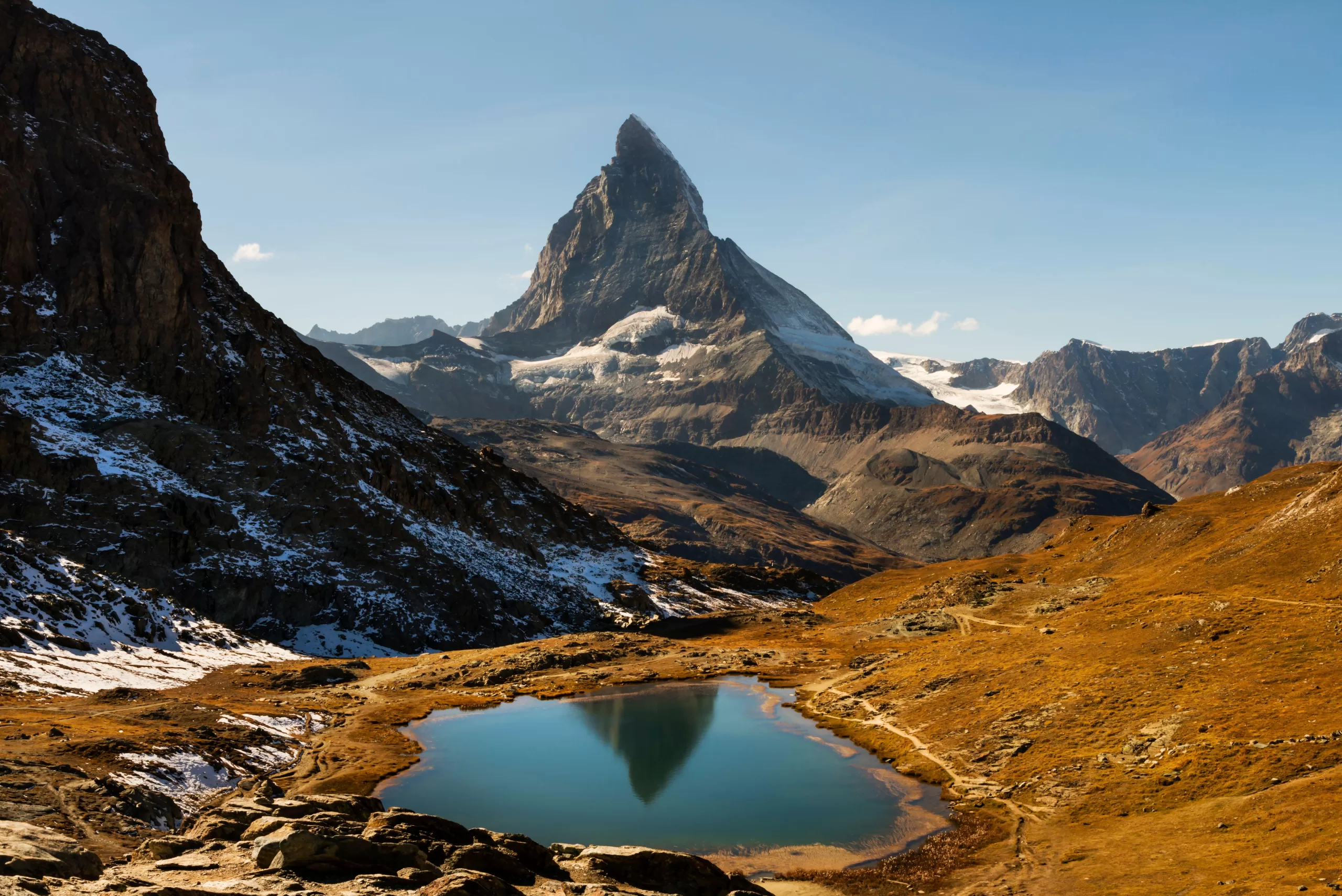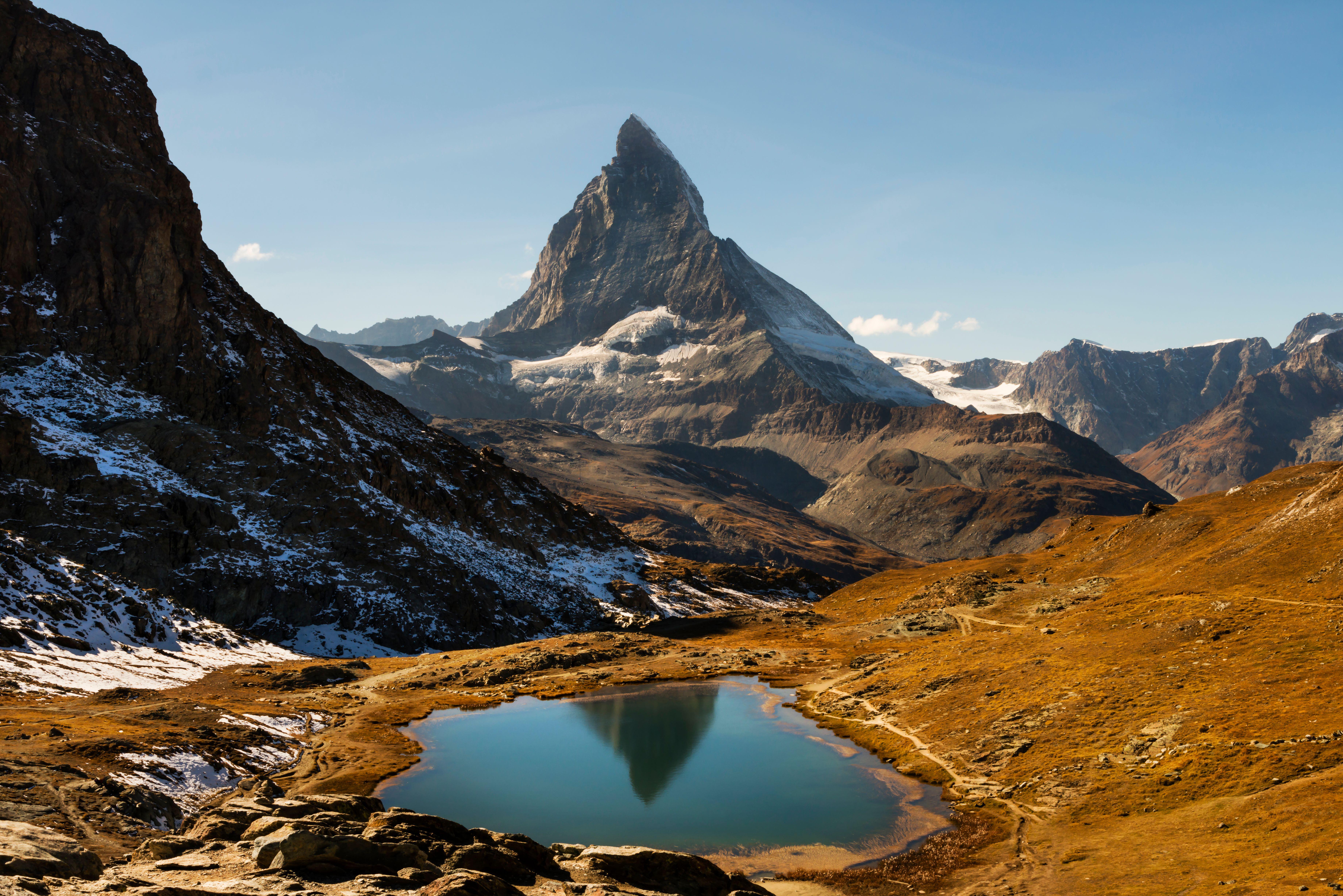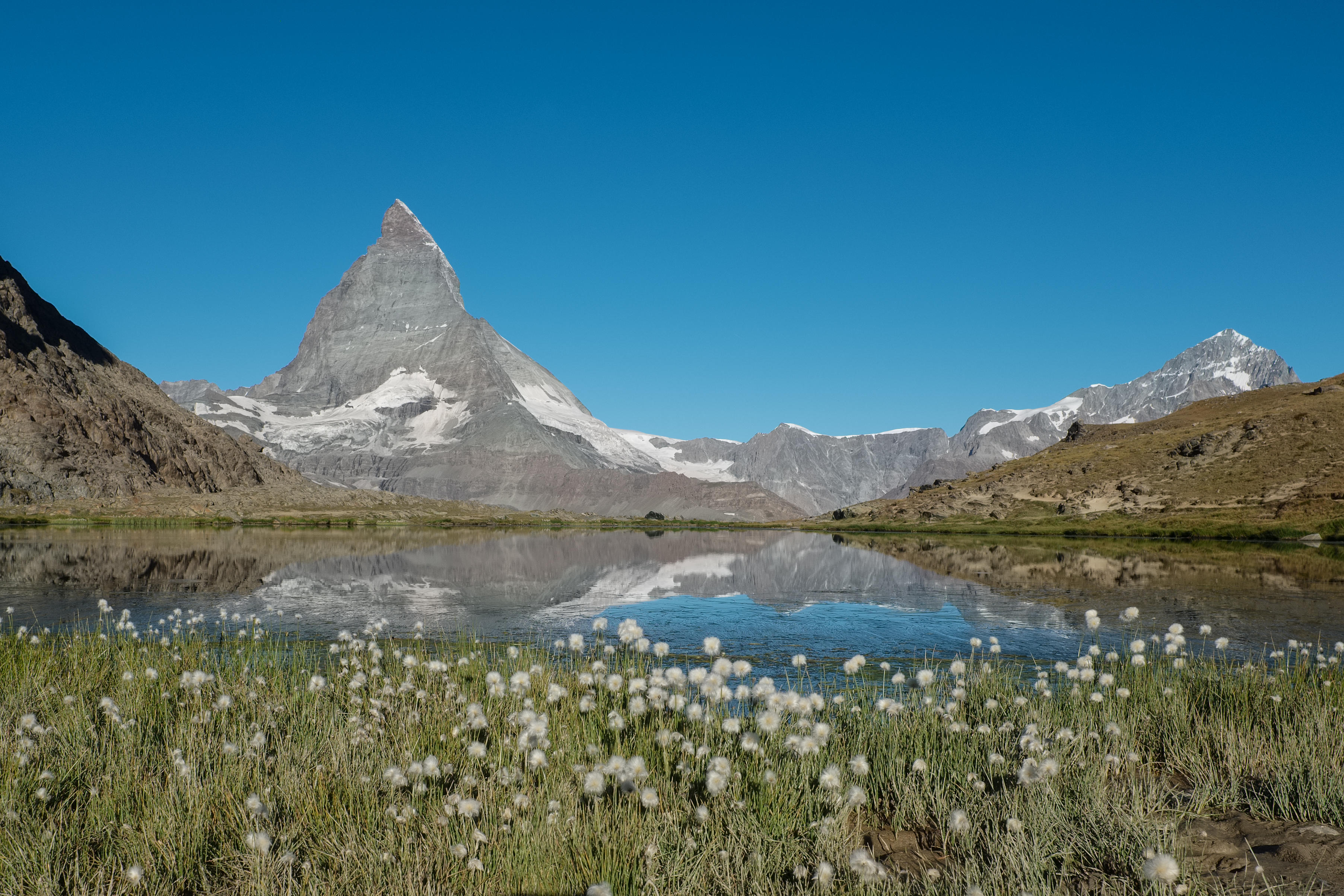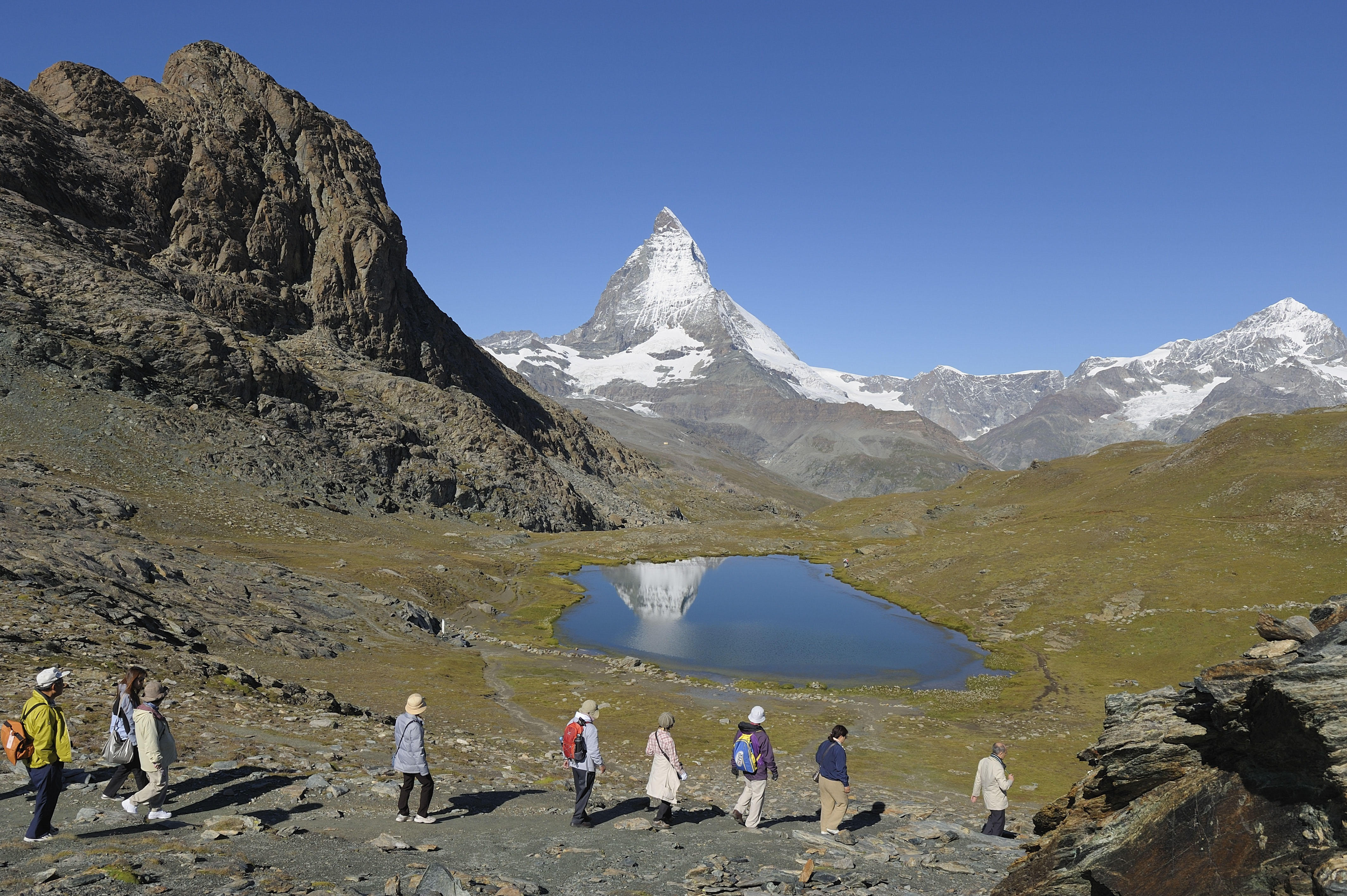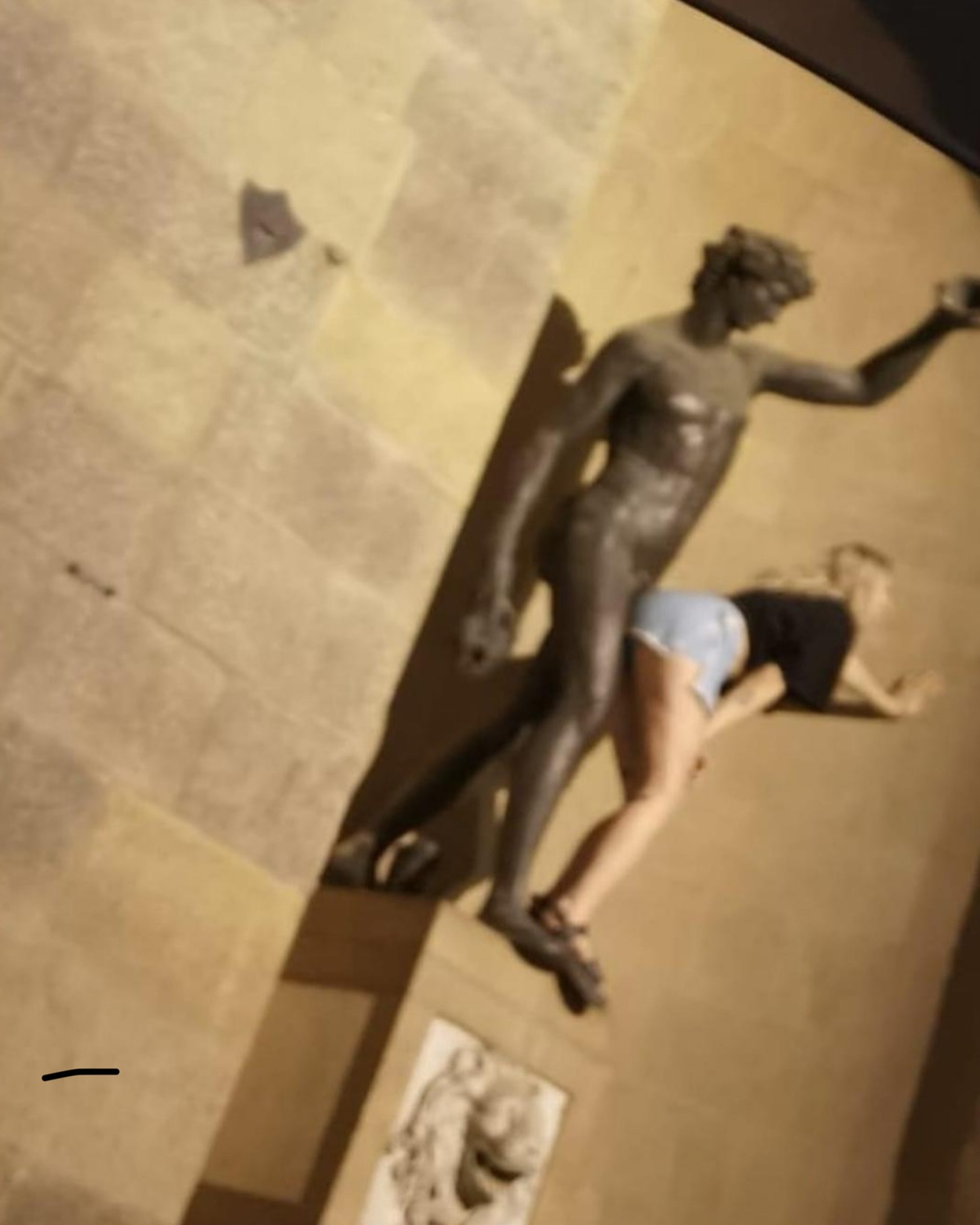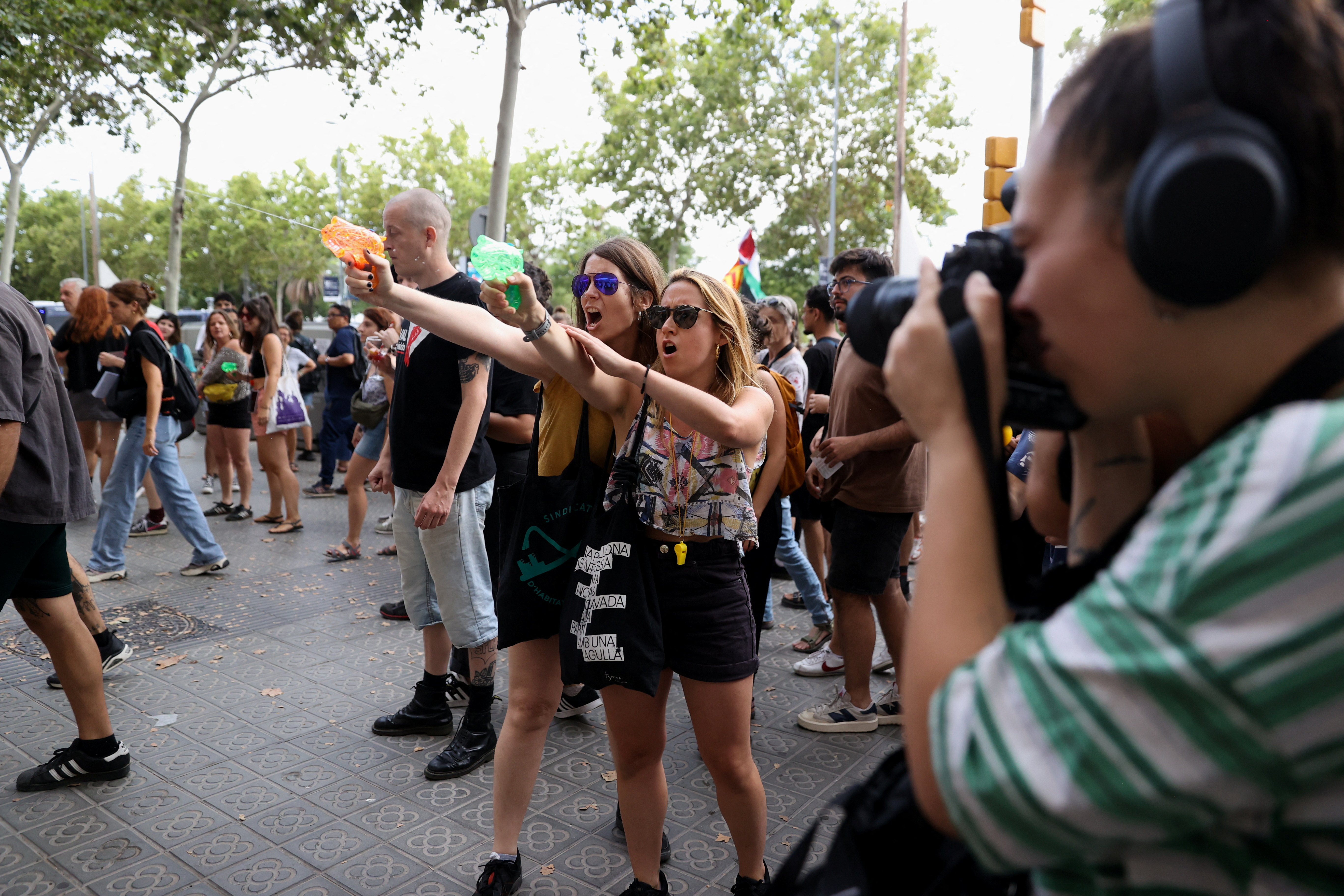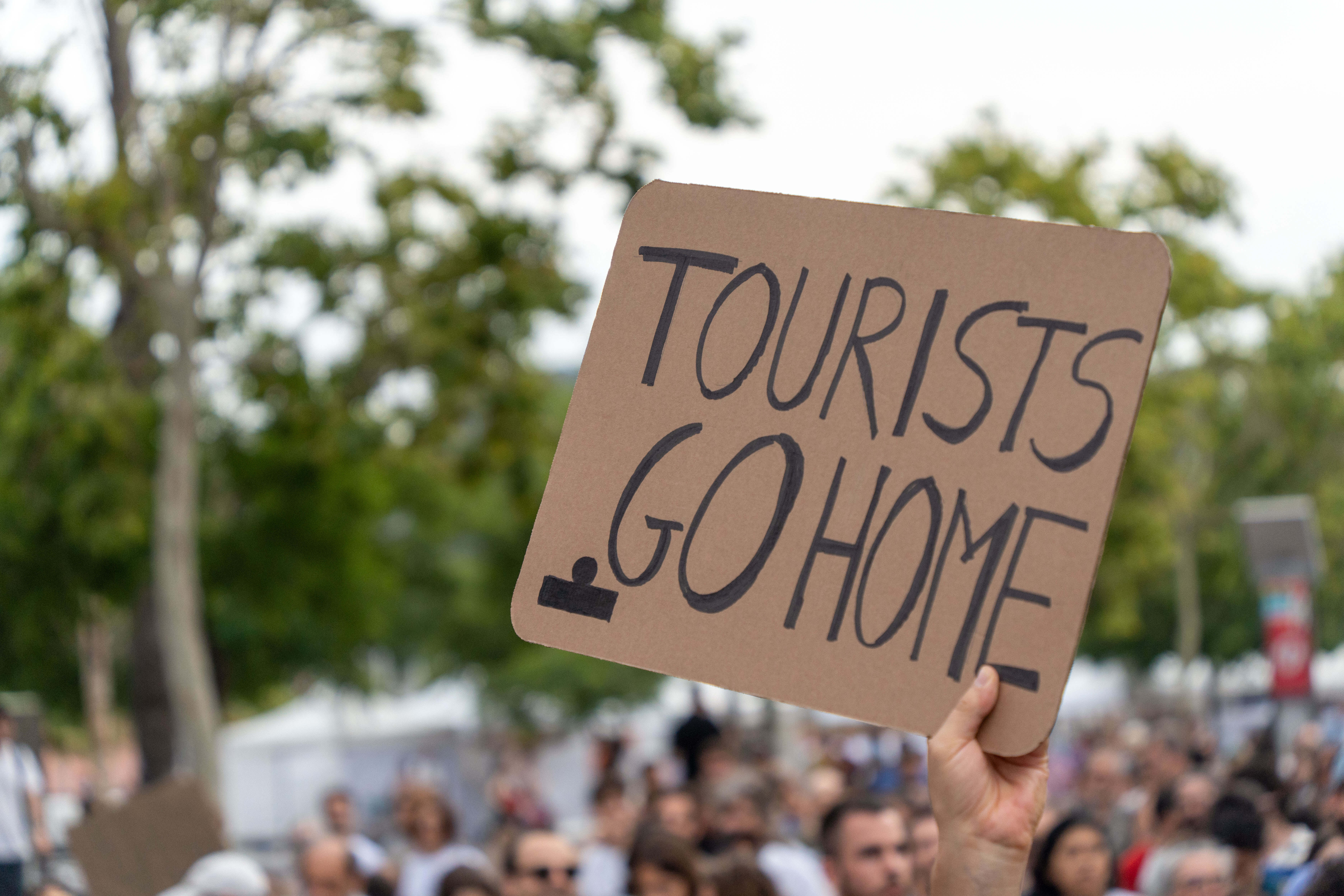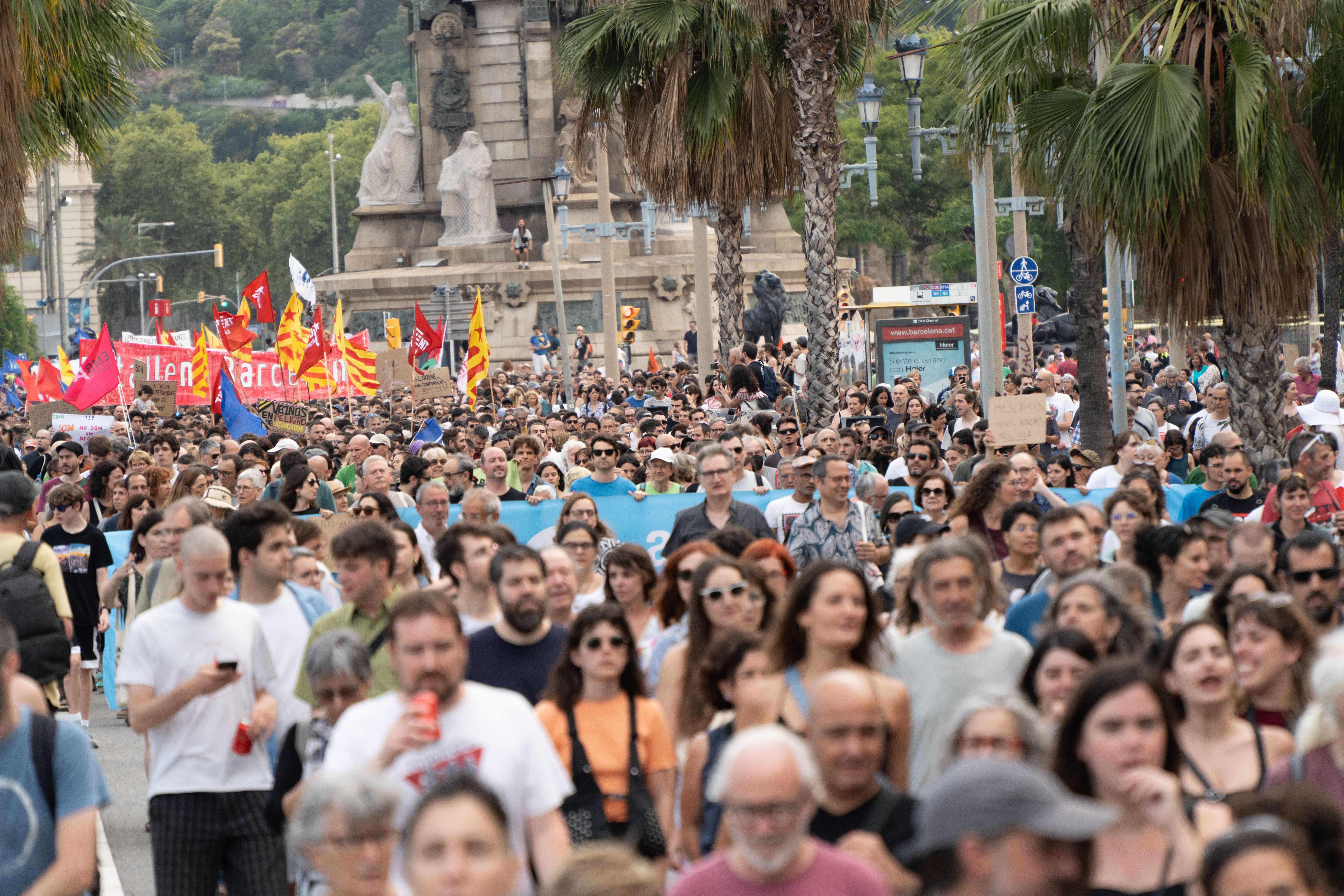A POPULAR spot for tourists has limited access for holidaymakers after huge influxes of people searching for a great Instagram picture.
After thousands of daily visitors for years, a classic feature in the area has been damaged and officials want to bring it back to life.
Near the famous Switzerland resort of Zermatt lies the Riffelsee lake – perfectly positioned in front of the infamous Matterhorn.
During high summer season, a railway service transports thousands of tourists up there each day.
In June and July, when the heat finally melts snow from the Alps, flowers including edelweiss, gentian and golden primrose are finally able to thrive there.
But the hordes of tourists travelling up to the 2,800m high spot have worn out the soil and trampled on the flowers.
Edelweiss, an iconic Swiss bloom, has not been spotted around Riffelsee lake for years.
Local authorities in Zermatt have decided that tourists need to be restricted in the area to protect the wildlife there.
While tourists are still allowed to visit for now, they’re directed towards the water on specifically marked paths – with the grassy area cordoned off.
The move by Swiss officials is the latest in a series of efforts across Europe to clamp down on tourism.
Days ago a female tourist sparked fury in Italy while posing for a lewd photo against an iconic statue in Florence, mimicking sexual acts.
Pictures showing the woman rubbing up against the statue were shared online and branded “an absolute disgrace”.
The offensive snaps went viral online, causing widespread demands to crack down on disrespectful tourists with a strict “zero tolerance” policy.
Patrizia Asproni from Confcultura, a cultural heritage organisation, said: “Florence is a city that does not make visitors respect it.
“These continuous manifestations of rudeness and incivility occur because everyone feels entitled to do what they want with impunity.
“We need to apply the ‘Singapore model’: tight controls, very high fines, zero tolerance.”
Waves of anti-tourist movements have hit across other holiday hotspots in recent months, in Spain, Greece, the Canary Islands and Italy.
Spain has been a major focal point for raging residents who have even plastered towns with graffiti telling holidaymakers to “go home”.
A few weeks ago almost 3,000 protestors took to the streets of Spain’s capital Barcelona and used water guns to attack tourists.
Protesters organised another huge demonstration in Majorca only days ago where they chanted: “We will plough the highways, the hotels will be empty and so the world will understand that there are too many tourists.”
Reasons for the protests across Europe are largely the same – issues of overcrowding, housing, protecting the environment, congestion and resource allocation.
Residents across the board feel pushed out by mass tourism – and are concerned about the preservation of their beaches or beauty spots.
But the tourism industry, which rakes in billions across the globe every year, is responsible for keeping many of those towns and villages afloat.
Business owners, politicians, hotel bosses and restaurateurs have expressed concern about the growing movement and what might happen if tourists stop visiting.
Anti-tourist measures sweeping hotspots
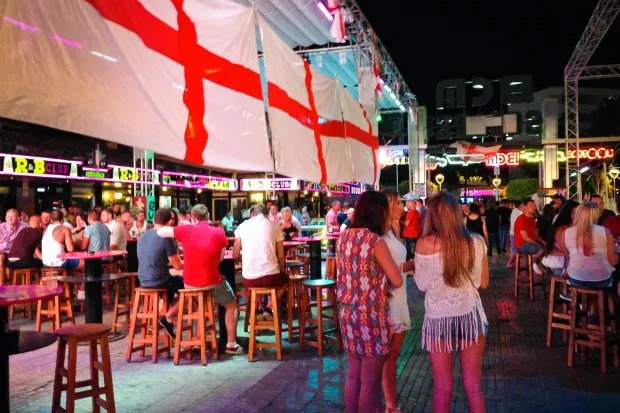
A WAVE of anti-tourist measures are being implemented across Europe to curb mass tourism in popular holiday hotspots.
Overcrowding has become the main problem in many sunny destinations, with authorities trying to find a solution to keep tourists and locals happy.
Officials have attempted to reduce the impact of holidaymakers by implementing additional taxes on tourists, or banning new hotels.
Earlier this year Venice became the first city in the world to charge an entry fee for holidaymakers after it started charging day-trippers €5 (£4.30) if visiting the historical Italian centre.
It was followed by an area in Barcelona which resorted to removing a well-used bus route from Apple and Google Maps to stop crowds of tourists from using the bus.
Meanwhile, San Sebastián in the north of Spain, limited the maximum number of people on guided visits to 25 to avoid congestion, noise, nuisance and overcrowding.
The city has already banned the construction of new hotels.
The Spanish government has allowed restaurants to charge customers more for sitting in the shade in Andalucia.
Benidorm has introduced time restrictions, as swimming in the sea between midnight and 7am could cost a whopping £1,000.
The Canary Islands are also considering adopting measures to regulate the number of visitors – and charge tourists a daily tax.
Greece has already enforced a tourist tax during the high season (from March to October) with visitors expected to pay from €1 (£0.86) to €4 (£3.45) per night, depending on the booked accommodation.
Officials in Santiago de Compostela in Galicia want to introduce a fee for travellers to remind people to be courteous during their trips.
